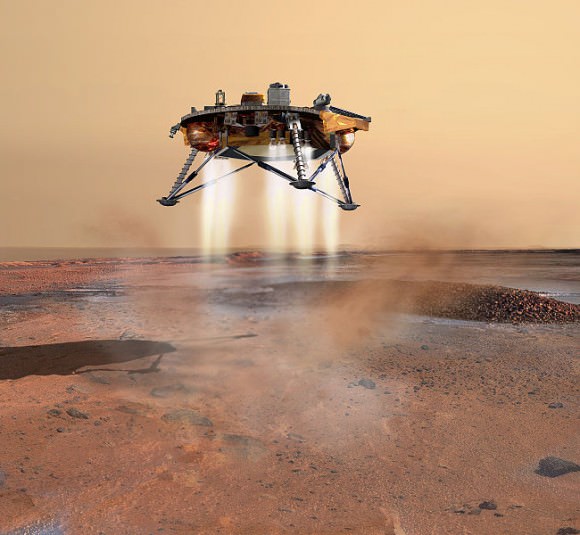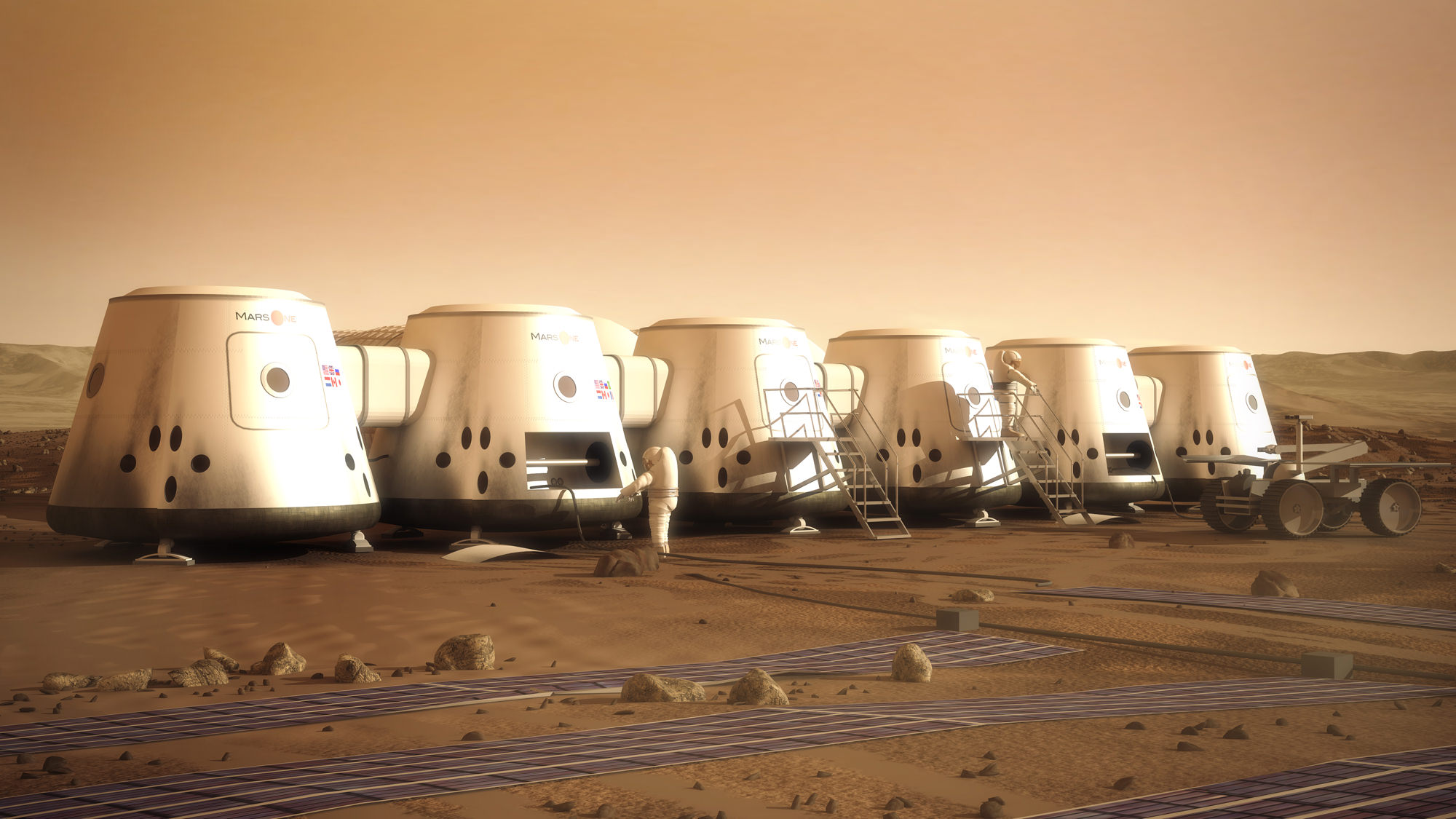While the world’s attention last year was focused on Mars One’s audacious plan to send people on a one-way trip to the Red Planet — not everyone thinks they’ll make it — the private organization has a much closer goal in its sights: landing a robotic mission there in 2018.
The goal is also audacious. Only NASA landers have worked for more than a few moments on the Red Planet, and even the agency it has experienced many failures along the way. Mars One is hoping to succeed using the design for the Phoenix northern mission, which is being duplicated somewhat in the upcoming 2016 Insight drill mission.
“We’re very lucky to have Lockheed Martin on the contract,” said founder Bas Lansdorp in a phone interview with Universe Today. He noted the company built the Phoenix lander, and that Mars One trusts Lockheed so much that the firm is being allowed to pick its own subcontractors for the mission.
Also on that mission will likely be the winner of a Mars One university competition to send an experiment to Mars. Called Seed, the proposal would see the first seed grown on Mars. The plant (called Arabidopsis thaliana, a common feature of space studies) would grow inside an external container that would protect it from the surrounding environment. The team is composed of students from the University of Porto, MIT Portugal and the University of Madrid.

“The Seed experiment group, they have really put a lot of effort into creating public awareness of what they are doing, and they collected a lot of votes,” Lansdorp said. While the project also had to meet stringent technical requirements, it was the efforts at public support that were an “important reason” as to why they won, he added.
But even now, their flight is not a guarantee. Seed will need to fund the development and construction of its experiment. (Flight costs are taken care of by Mars One.) Also, the group will need to pass technical milestones between now and 2018. If for some reason Seed does not make it, Mars One would instead go to one of two backup projects. These would be selected from the second- and third-place winners, which are respectively, Cyano Knights and Lettuce on Mars.
As for Mars One’s funding, the organization eventually hopes to receive money from broadcast rights and sponsorships in association with its crewed landing, which it says would take place in the 2020s. But the money required to fund a robotic mission isn’t available from that revenue source yet. Hence, the organization is seeking an upfront investment in its work to get the money ready for development.

Lansdorp said Mars One already underwent an angel investment round, and the organization is now in touch with an institutional group connected to an “institutional fund”, which would also attract money from other investors. Negotiations are ongoing, so the name is not disclosed publicly yet.
The goal is to have this investment group fund the robotic mission and the crewed one. The investor’s financial return would come from the eventual broadcasting and sponsorship revenues.
Aims of the robotic mission include testing some of the technologies that the crew would later take advantage of, such as extracting water from the planet’s underground and testing solar panels on the Martian surface.
Crew selection is ongoing. Mars One did a major culling last year of thousands of candidates, and plans a further selection round that will be announced in February.


I don’t know what’s worse of the irrealism of the financial aspect (‘The investor’s financial return would come from the eventual broadcasting and sponsorship revenues’: 100s of G$? Sure), the criminal stupidity of deliberately sending living organisms to the surface of Mars (planetary protection!) … or the uncritical UT reporting on related issues.
One factoid I really wish was in this article is the expected cost of this robotic mission. The Phoenix mission this is derived from cost $386 million, according to Wikipedia.
Presumably, LockMart will be able to re-use most of the design work done for that mission but how many changes are going to be made vs the phoenix mission and what’s that going to cost?
There’s also the launch cost. Phoenix launched on a Delta II, pricing for which is not public information. (Wikipedia shows a price of $51 million USD but that price is from 1987!) Would this most likely launch on a Falcon 9 (at a cost of $61 Million USD) or is there a lower cost launcher with the necessary performance?